Double Concentrated Tomato Paste: Concentrated tomato essence, a flavor bomb in the kitchen
In modern kitchens that pursue efficiency and rich flavor, Double Concentrated Tomato Paste has long surpassed ordinary tomato paste and has become an indispensable secret weapon for chefs and home cooking enthusiasts. It is not just a simple seasoning, but also a flavor essence that condenses sunlight, land and craftsmanship.
1. The essence: What is double concentrated tomato paste?
In short, double concentrated tomato paste is a deep red paste that is highly concentrated after fresh tomatoes have undergone a series of complex processing to remove most of the water. The key lies in "double concentration":
Concentration comparison: Ordinary tomato paste is usually concentrated to about 1/4 to 1/3 of the original tomato volume (solid content is about 24-36%). "Double concentrated" tomato paste goes a step further, with a solids content of 28% to 36% or even higher, meaning it is about 1.5 to 2 times more concentrated than regular tomato paste (not strictly twice the literal meaning, but a significantly higher level of concentration).
Core process:
Starting point: high-quality fresh tomatoes, usually with rich flesh, deep red color, and high lycopene content.
Crushing and pulping: The tomatoes are washed, crushed, and the skin and seeds are removed by a pulper to obtain a fine tomato paste.
Vacuum low-temperature concentration: This is the core step. The tomato paste is gently heated in a vacuum environment (usually around 60-70°C), and the water evaporates at a lower boiling point. The vacuum environment can protect the color, flavor substances and heat-sensitive nutrients (such as vitamin C) of the tomatoes to the greatest extent, and avoid the burnt smell caused by high temperature. "Double" concentration means that this evaporation process lasts longer and deeper, and the water is removed more thoroughly.
Sterilization and packaging: After concentration, the product is sterilized at ultra-high temperature (UHT) and then aseptically filled into sealed containers while hot (commonly toothpaste-like squeeze tubes, small cans or large barrels).
2. Characteristics and charm: Why is it so popular?
King of flavor intensity:
Extremely rich: High concentration brings explosive tomato flavor - deep, full, balanced sweet and sour, with a unique caramelized (Maillard reaction) complex aroma and pleasant natural acidity. A small amount can produce a huge flavor impact.
Flavor cornerstone (Umami Builder): Rich in natural glutamate, it is a powerful source of umami, which can greatly enhance the overall flavor depth and complexity of the dish.
Texture and color:
Thick and dense: The paste is very viscous and smooth, with almost no visible water.
Deep color: It presents an attractive deep red to reddish brown color, which can give sauces and stews an attractive and rich color.
Unparalleled convenience and economy:
Small size: Greatly saves storage space (cupboards, refrigerators).
Efficient use: One small spoonful (5-10g) has the same flavor intensity as several times the volume of fresh tomatoes or ordinary tomato paste, greatly reducing the need to buy, handle and store large quantities of fresh tomatoes.
Long-term stability: Sealed packaging (especially toothpaste tubes) isolates air and can be refrigerated for several months after opening, making it easy to use and not easy to waste.
Cooking efficiency: Quickly dissolves into dishes without long cooking to concentrate the flavor.
Versatile application: A true kitchen all-rounder.
III. Core stage: a wide range of application scenarios
The magic of double concentrated tomato paste is that it can be seamlessly integrated into countless dishes and enhance the flavor level:
The soul mate of sauces: The absolute foundation of pasta sauces (bolognese, tomato seafood sauce), pizza sauce, stew sauce (Bolognese), chili sauce, barbecue sauce, curry sauce base, etc. Provides core tomato flavor and thickness.
Flavour engine for stews: Goulash, Goulash, Ratatouille, Chili, Tomato Soup, Borscht. Stir-frying the paste in oil early in the cooking process releases deeper flavours.
The finishing touch for soups: Adds depth, colour and a subtle sweet-sour balance to vegetable, lentil and seafood soups.
The secret weapon for marinades and spreads: Adds to marinades (meat, tofu) to add complexity and caramelisation; serves as a base for homemade tomato bread spreads.
The “remedy” and “finish”: When a dish’s tomato flavour isn’t strong enough or the overall flavour is a little thin, a little can significantly enhance it; quickly enhances the flavour of Chinese dishes such as tomato scrambled eggs and tomato beef brisket.
The flavour balancer: Its natural acidity and sweetness balance out greasiness and neutralise excessive saltiness or spiciness.
4. Nutritional value: essence preservation
The concentration process will inevitably cause the loss of some water-soluble vitamins (such as vitamin C and B vitamins). However, its essence is highly enriched:
The king of lycopene: Lycopene (a powerful antioxidant) will not only not be lost during the concentration process, but its bioavailability may be higher due to the reduction of water and destruction of cell walls. Double concentrated tomato paste is an excellent source of lycopene in the diet.
Minerals: Minerals such as potassium are concentrated and retained.
Low calorie, fat-free (natural): It is a low-fat, low-carbohydrate flavor enhancer (note that some brands may add oil or sugar).
5. Historical origins and modern evolution
The history of tomato processing can be traced back to southern Italy in the early 19th century. It was originally intended to extend the shelf life of tomatoes. Industrial tomato concentration technology (especially vacuum concentration) was developed in the 20th century. The rise of the concept of "double concentration" is closely related to modern people's pursuit of cooking efficiency, flavor intensity and storage convenience, and has become one of the mainstream tomato processed products in the global food industry.
VI. Production Key Points: Quality Assurance
Raw Material Quality: Maturity, variety, and freshness directly affect the color, flavor, and consistency of the final product.
Gentle Processing: Vacuum low-temperature concentration is the key to retain flavor and nutrition to the greatest extent.
Aseptic Packaging: Ensures long-term stability of the product before opening. Squeeze tube packaging is becoming more and more popular because it can minimize air contact.
Pure Ingredients: High-quality products usually only have tomatoes and a small amount of salt (sometimes citric acid is added to adjust the acidity, or a very small amount of sunflower oil to prevent sticking). Be wary of cheap products with too much sugar or fillers.
VII. Usage Guide: The Secret to Unlocking Its Potential
“Blooming/Pinching”: This is the key technique! Stir-fry in hot oil (olive oil, butter, etc.) for 1-2 minutes. This can:
Remove the rawness and stimulate a deeper, complex, slightly caramelized flavor.
Make lycopene more soluble in oil and improve absorption.
Let the flavor better blend into the oil of the dish and distribute it more evenly.
Dilute and dissolve: When adding directly to liquid (soup, stew), stir it thoroughly with a small amount of hot water or broth to dissolve it, then pour it into the pot to avoid lumps.
Add in small amounts and multiple times: Due to its high strength, be sure to start with a small amount (such as 1 teaspoon), taste it, and then gradually add as needed. Excessive use can easily make the dish too sour or the flavor too overbearing.
Balanced seasoning: Its acidity is naturally high, and it may require an appropriate amount of sugar (honey, sugar) to balance; the saltiness also needs to be adjusted accordingly.
Storage: Store at room temperature unopened. Be sure to refrigerate after opening! After squeezing out the squeeze tube packaging, wipe the tube mouth and cover it tightly; canned packaging needs to be transferred to a sealed container and refrigerated. It can usually be stored for several months.
VIII. Product form:
Squeeze tube: The most popular and convenient packaging. It is easy to control the dosage, has good sealing, is not easy to be contaminated, and has a relatively long shelf life after opening.
Small metal can: Traditional packaging. It is convenient when the amount is large at one time, but it needs to be used up as soon as possible after opening or properly transferred and refrigerated for storage.
Bulk: Mainly used in the food industry or catering industry.
For exclusive discounts and the latest offers, please enter your address and information below.

 EN
EN  English
English Français
Français 中文简体
中文简体

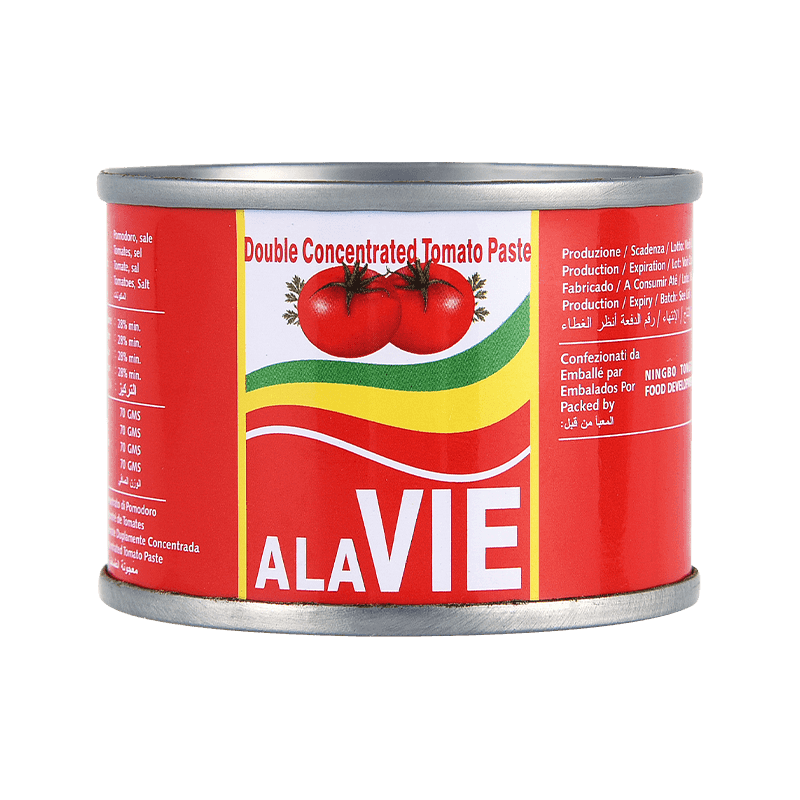
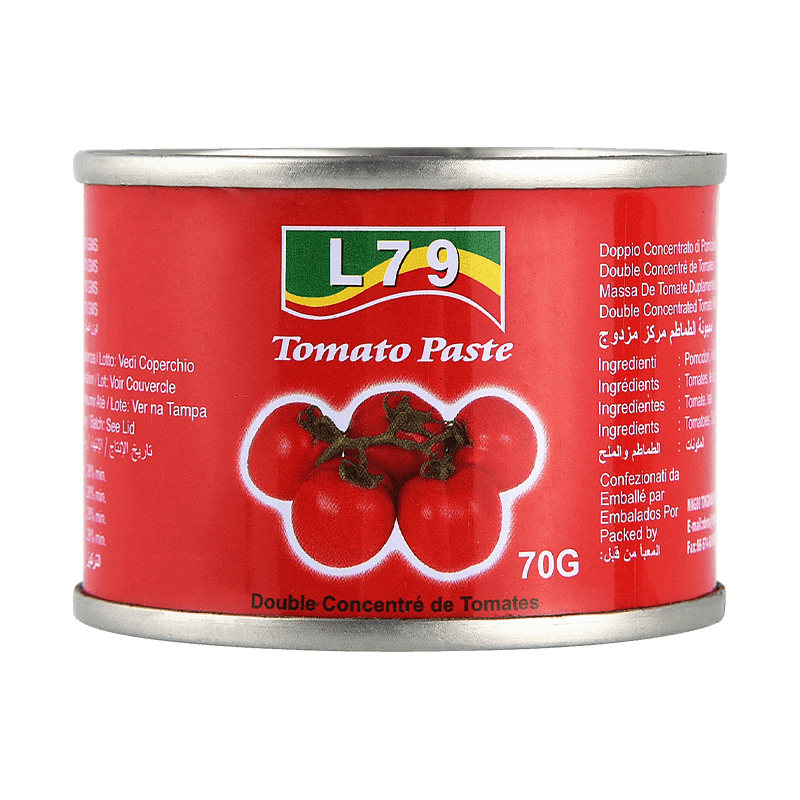
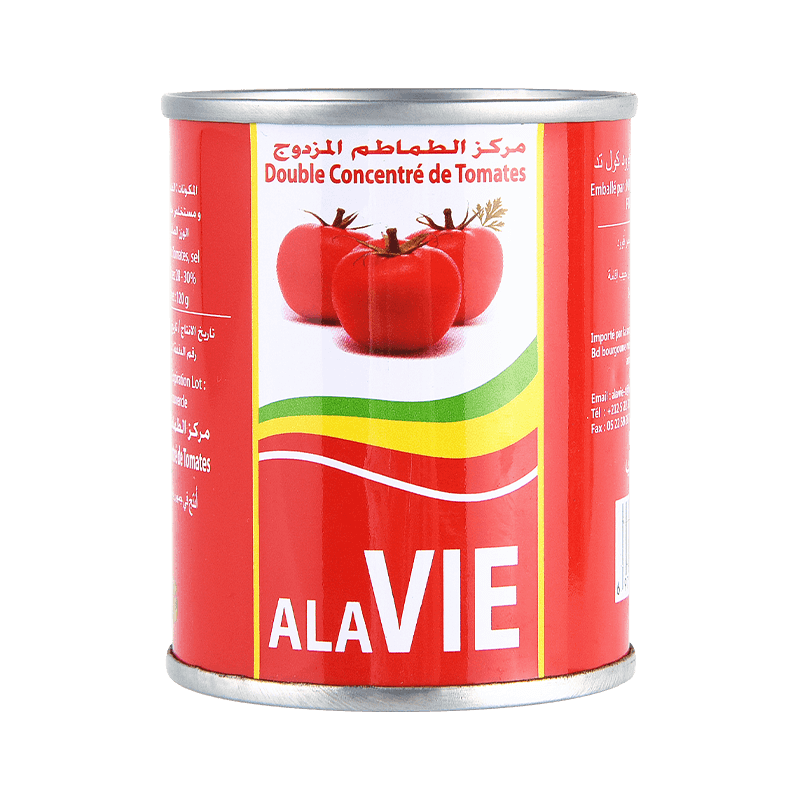
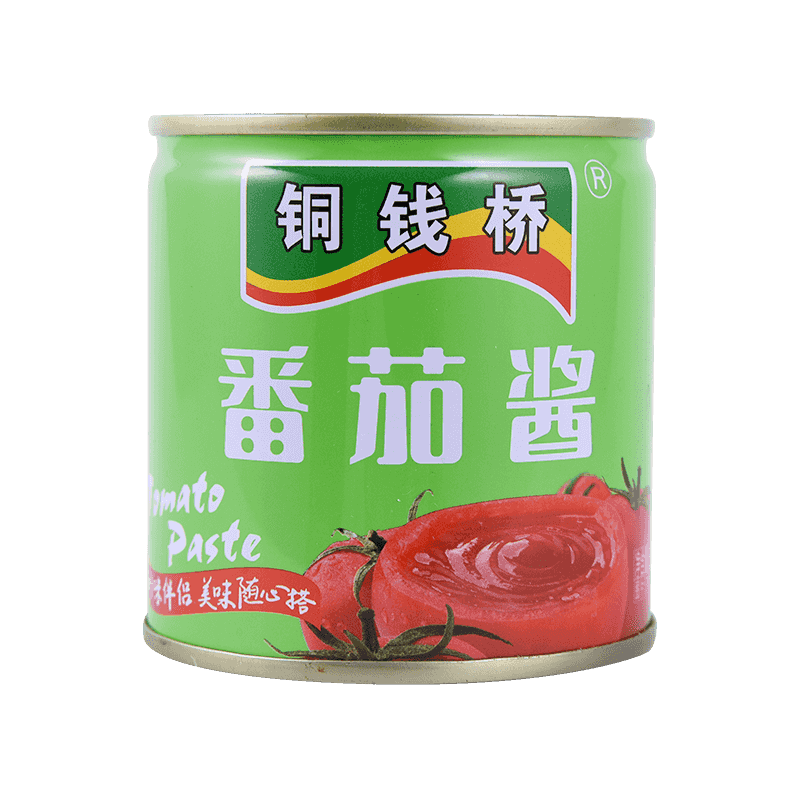
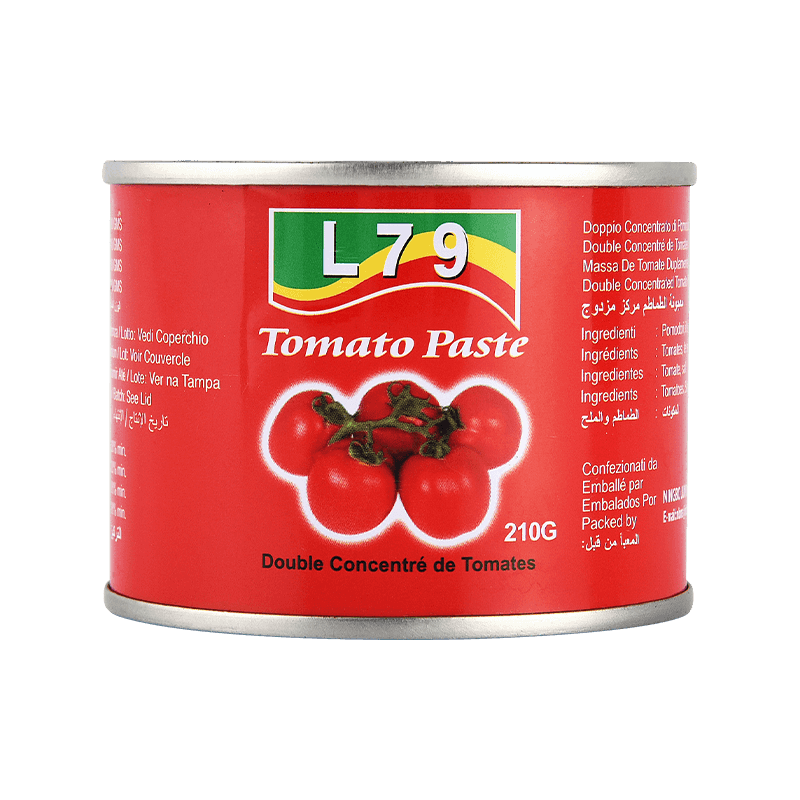
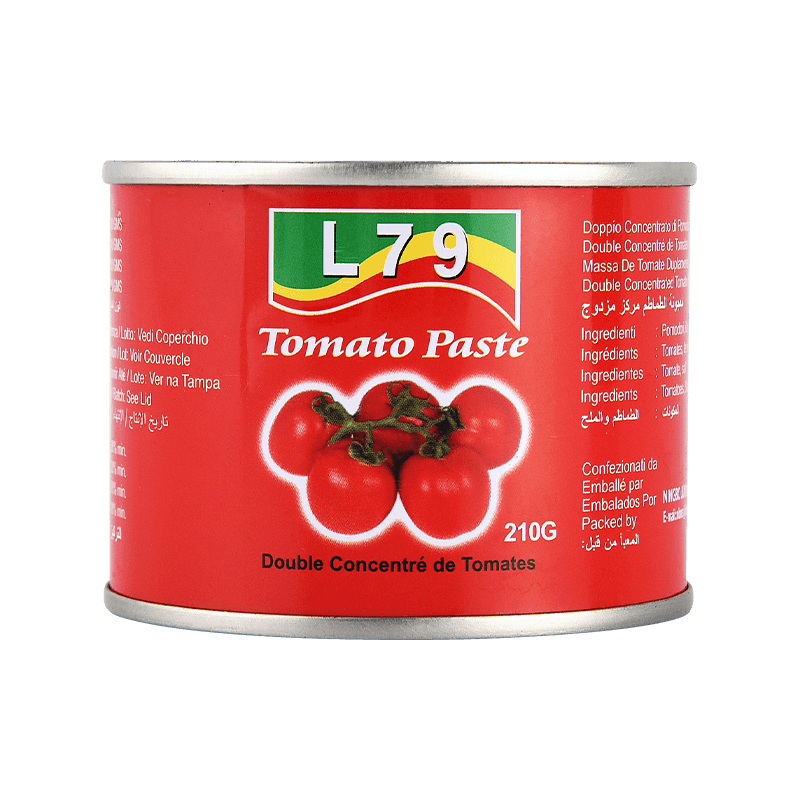
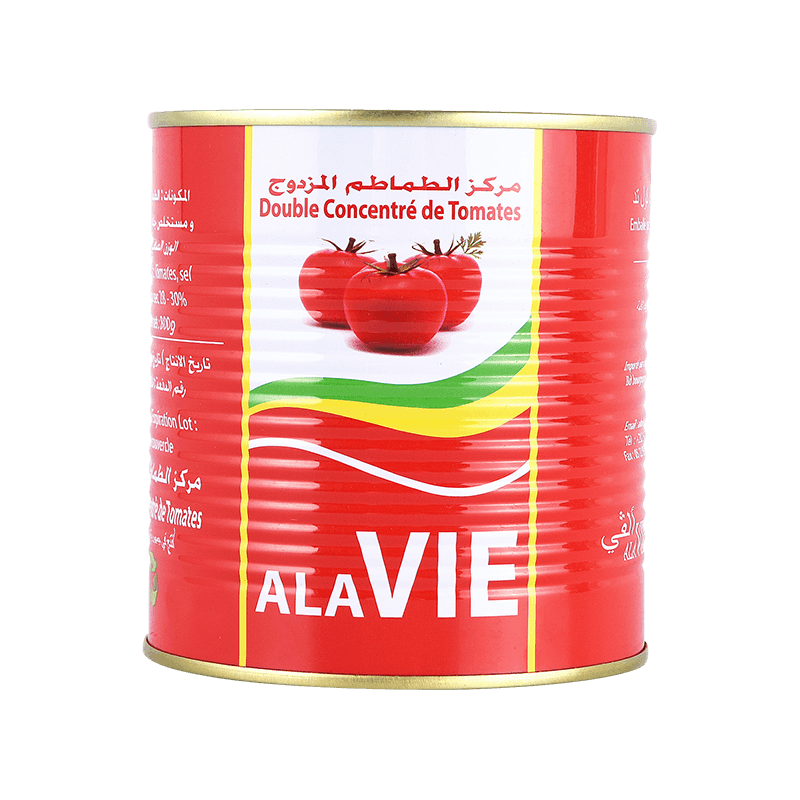
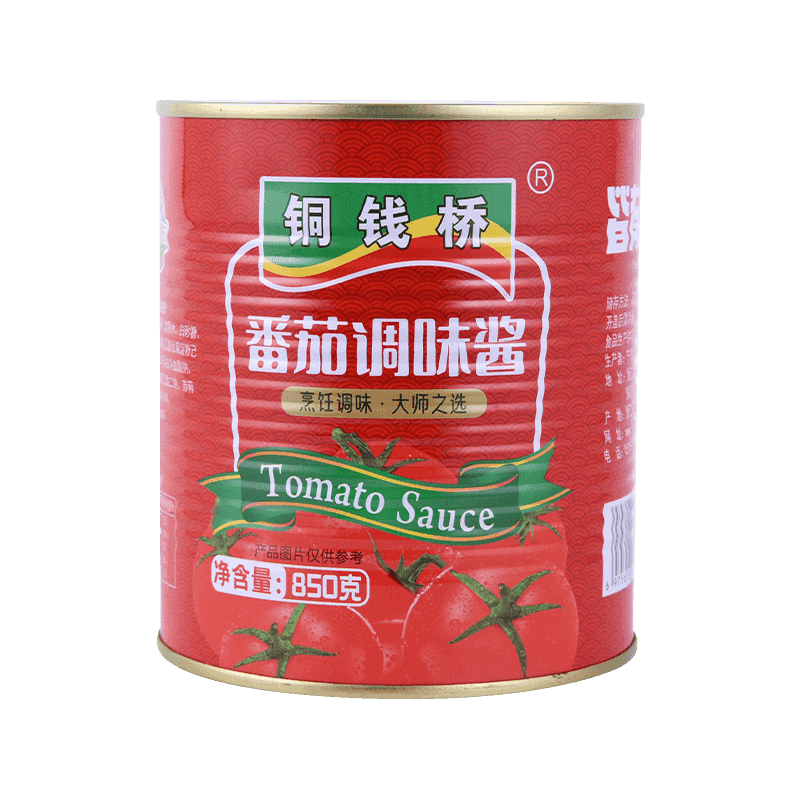
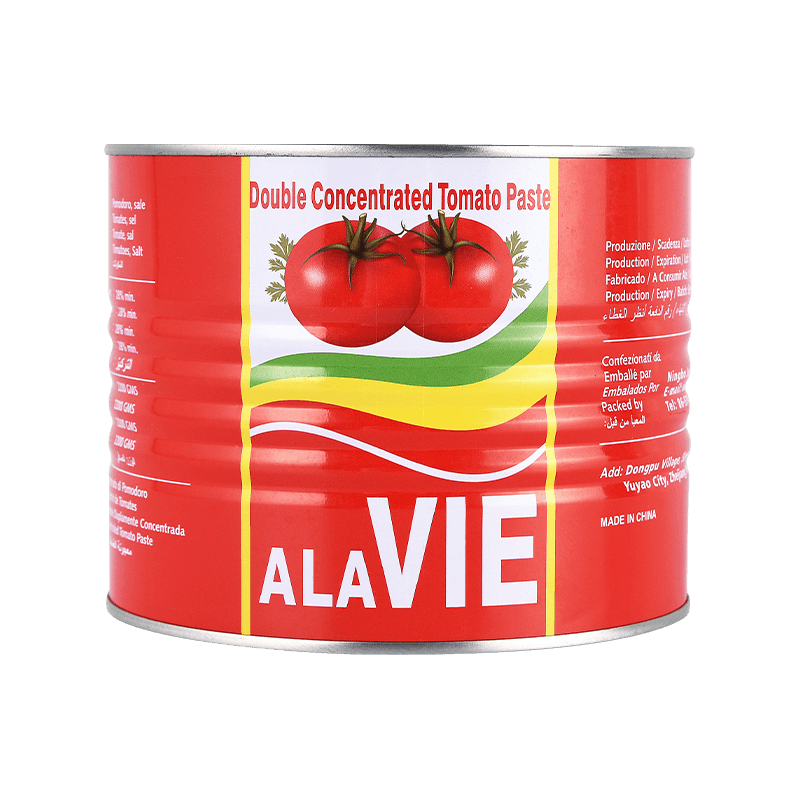
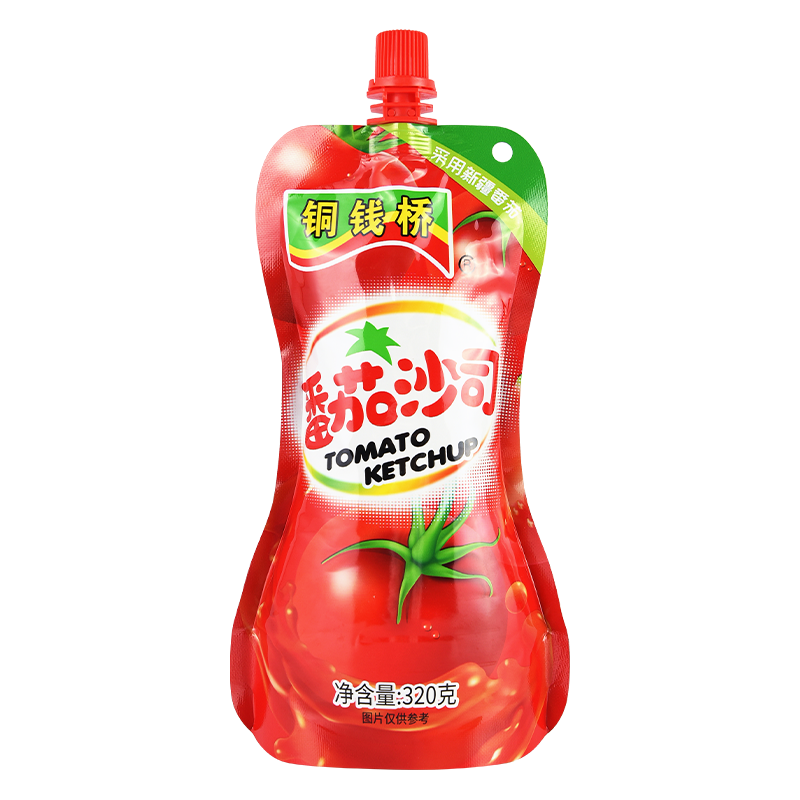
 No.1 Tongqianqiao Road, Dongpu Village, Simen Town, Yuyao, Zhejiang Province
No.1 Tongqianqiao Road, Dongpu Village, Simen Town, Yuyao, Zhejiang Province  nbms@nbtomato.com
nbms@nbtomato.com 
